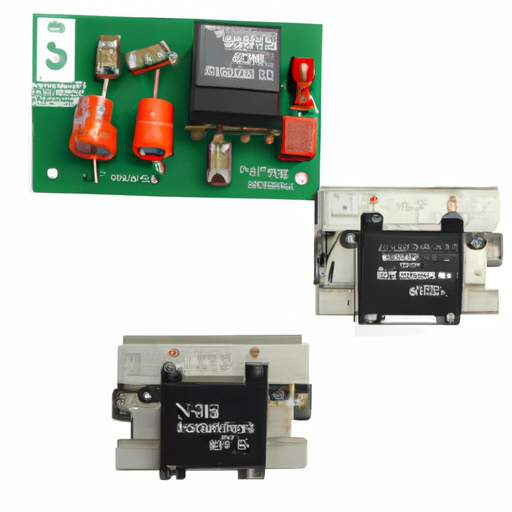Overview of CFR-50JB-52-1K6 Switching Converter and SMPS Transformers
The CFR-50JB-52-1K6 is a specific model of a switching converter transformer, integral to the operation of switch-mode power supplies (SMPS). These transformers are essential for efficient power conversion, enabling devices to operate effectively while minimizing energy loss. Below, we delve into the core functional technologies, relevant articles, and application development cases that highlight the significance of switching converters and SMPS transformers.
Core Functional Technologies
| 1. Magnetic Core Materials | |
| 2. Winding Techniques | |
| 3. Feedback Control Mechanisms | |
| 4. Isolation and Safety | |
| 5. Thermal Management | |
| 1. "Design Considerations for High-Frequency Transformers" | |
| 2. "Advancements in SMPS Technology" | |
| 3. "The Role of Transformers in Power Supply Design" | |
| 4. "Feedback Control Techniques in SMPS" | |
| 1. Consumer Electronics | |
| 2. Telecommunications | |
| 3. Industrial Automation | |
| 4. Renewable Energy Systems | |
| 5. Electric Vehicles (EVs) |
Articles and Research
Application Development Cases
Conclusion
The CFR-50JB-52-1K6 switching converter transformer exemplifies the vital role of transformers in SMPS applications. By understanding the core technologies, recent advancements, and practical applications, engineers can design more efficient and reliable power supply systems. As technology continues to evolve, ongoing research and development in this field will further enhance the performance and capabilities of switching converters and SMPS transformers, paving the way for innovative applications across various industries.






